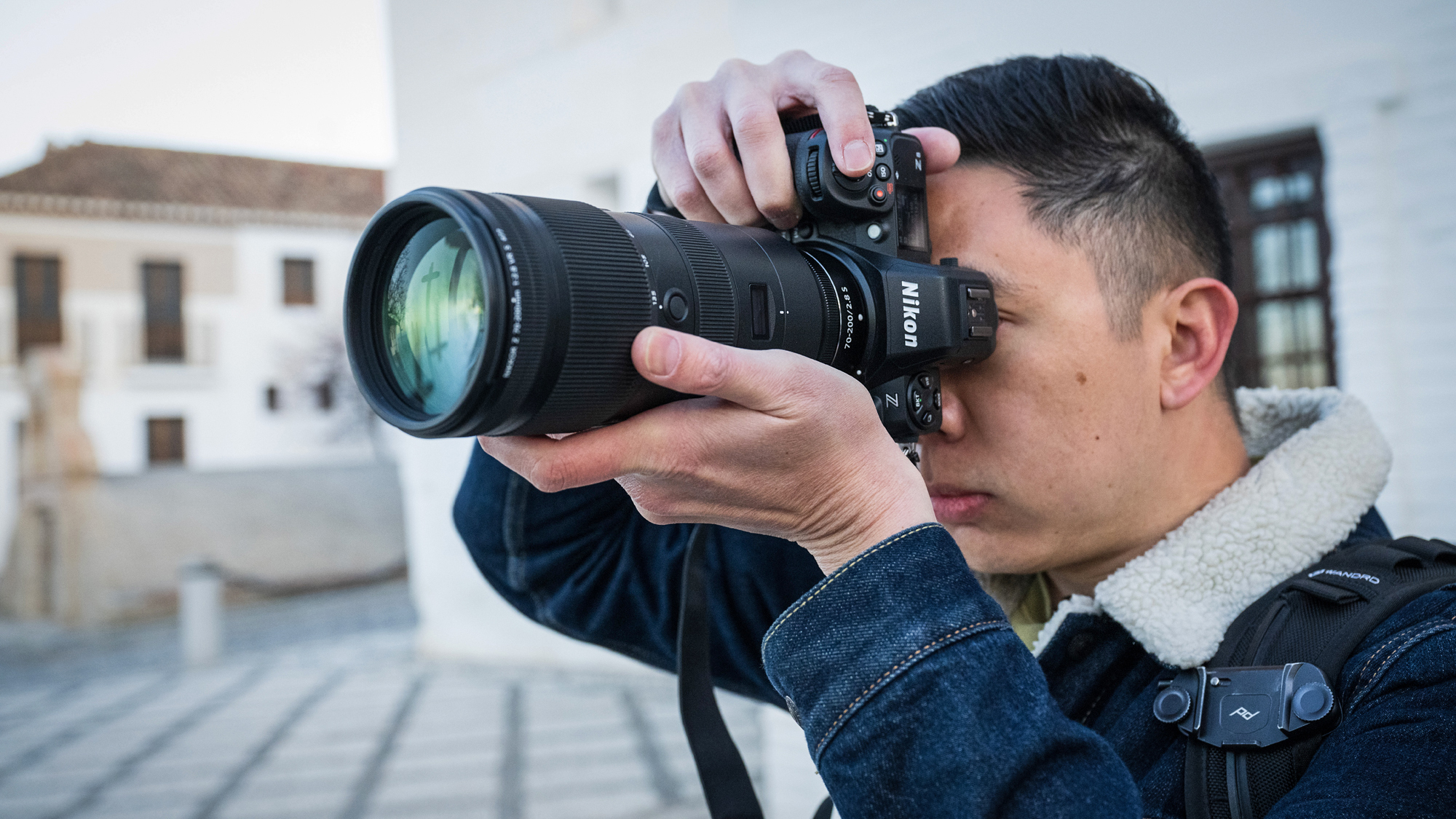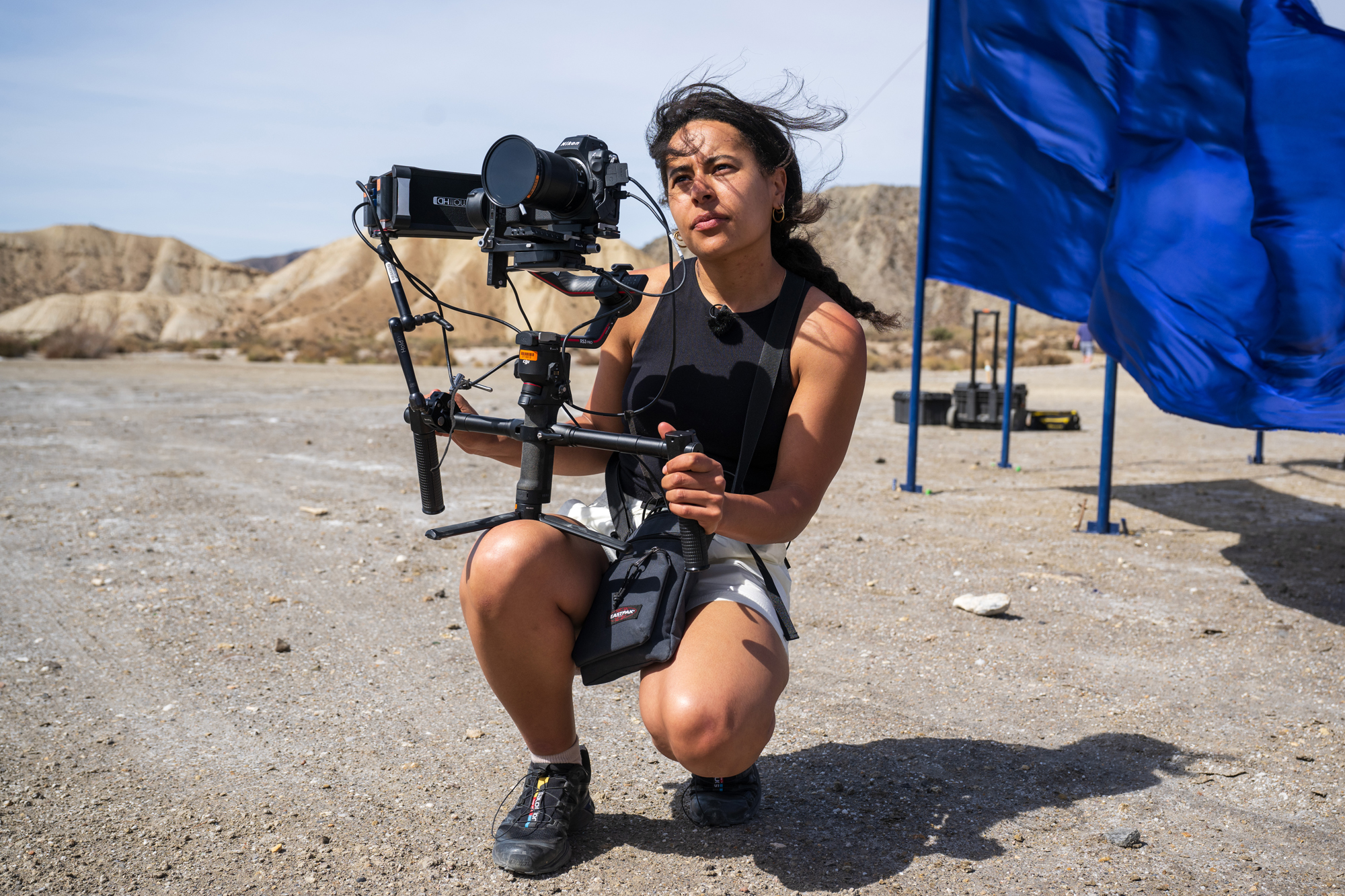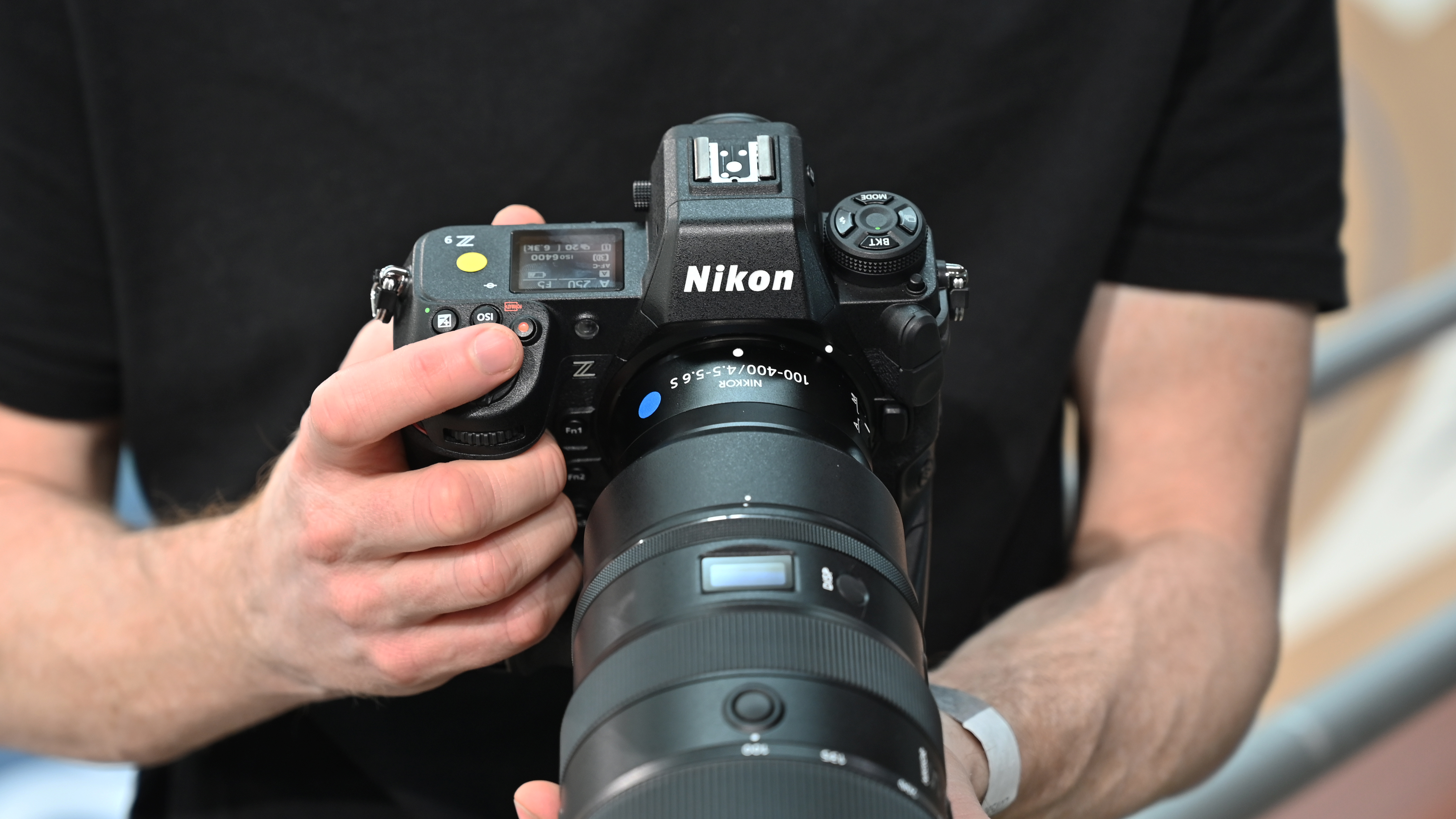Nikon Z8 unveiled – why I’m not more excited about the near perfect camera
This smaller version of the Z9 will be the best choice for most

The Nikon Z8 has officially been announced, with the Japanese camera maker calling it the true successor to the Nikon D850 and a 'baby Z9' – the new camera packs virtually all of the features as its larger sibling, but costs over 25% less, with a $3,999 / £3,999 / AU$6,999 list price in the US, UK and Australia, and a launch date of May 25.
That’s exciting stuff. The Nikon Z9 won our 2022 camera of the year award, and that was before Nikon lavished two major firmware updates that introduced significant improvements across the board – and the Z8 effectively picks up where the Z9 is now, on firmware version 3.0.
So it’s a smaller, lower-cost, improved version of the Z9, and everything points to the new Nikon Z8 being one of the best mirrorless cameras in 2023. So why am I not more excited about it?
Z9 heritage and more
The Nikon Z8's feature list makes for impressive reading – it is a baby Z9 after all.
Photographers can enjoy the 45.7MP full-frame stacked sensor, with the fastest sensor readout speeds that virtually eliminate the effects of rolling shutter, and make it possible for Nikon to do away with the mechanical shutter altogether. There’s a 20fps continuous drive mode with auto exposure and focusing and a 1,000-shot (raw) buffer, plus a blisteringly fast 120fps option, and the full complement of in-camera shooting modes like intervalometer and focus stacking.
Nikon has also implemented HEIF image format, which offers superior quality to JPEG without an increase in file size. It's like the difference between 10-bit and 8-bit video, and you get lots more color information with HEIF.
The video spec is perhaps even more impressive. The Z9 was launched with 8K/30p video recording, with ProRes raw 12-bit available, which that was upgraded to 8K/60p via a firmware update, and the Z8 offers the latter improved performance. Impressively, 8K video recording will last up to 90 minutes with no overheating – we’re not sure who would need to record 8K for that long, but it’s claimed to be possible.
Get daily insight, inspiration and deals in your inbox
Sign up for breaking news, reviews, opinion, top tech deals, and more.

All of the Z9's deep-learning subject-tracking AF and 3D tracking in stills mode is here, and more, with tracking for people, animals, vehicles and now birds.
You also get excellent image stabilization, and a fantastic build quality that Nikon says is at the same level as the D850, plus a neat 4-axis touchscreen and illuminated buttons. The EVF remains the same, with a 3.69m-dot resolution that doesn’t match rivals like the Sony A7R V – that’s one area for future improvement.
And then there’s the size. The Z8 is 30% lighter than the Z9, at around 910g. It’s still bigger and larger than rivals like the Canon EOS R5 and the Sony A7R V – you can find out more about how these three cameras compare in our Z8 versus the Canon EOS R5 and Sony A7R V article.
For most people the Z8 makes more sense than the Z9. It will have a new optional vertical grip (price TBC) that can hold two additional EN-EL15 batteries to improve its inferior battery life, and bulk it out for those who like a bigger camera. That means this camera is effectively modular – you can choose to bulk it out or keep it small, whereas the Z9 is gargantuan every day of the week.
Course correcting
In one respect I'm more excited about the Z8 than I was about the Z9 when I first reviewed it – if I was to buy one of these cameras it would certainly be the smaller of the two. But at the same time there’s everything and nothing to say about the Nikon Z8. I’ve seen this camera before – it’s basically a baby Z9 that costs less, and that’s it.
Nikon says there are photographers out there who want the larger, heavier body and superlative battery life that the Z9 offers – events and sports photographers in particular will rock cameras with this form factor. But then there's the issue of just how big the Z9 is – it's much bigger and heavier than similarly high-performing rivals like the Canon EOS R3 and Sony A1. It does rather feel like the Z9 form factor was a hangover from the good old DSLR days and we’ve moved on from then.

And just as Canon launched the video-centric EOS R5C following the fallout from the EOS R5 and its overheating issues in video recording, there’s a sense of course correction here. I can’t really see a sensible reason to get the Z9 now that the Z8 exists. The larger of the two does have a superior battery life (less so if the Z8 is paired with its grip, not to mention the fact that the Z8 has twin USB-C ports, with on-the-go charging possible), and its video recording times are longer, presumably down to the physically larger body than can disperse heat more efficiently.
However, the Z9 also costs over 25% more than the Z8, with the saving you could make by choosing the latter camera being enough for a very good mid-range piece of Z-glass, plus that optional vertical grip and additional batteries.
I've yet to actually get my hands on the Nikon Z8, so perhaps my feelings will change. But for now, say hello to what will likely be one of the outright best cameras in 2023.

Tim is the Cameras editor at TechRadar. He has enjoyed more than 15 years in the photo video industry with most of those in the world of tech journalism. During his time as Deputy Technical Editor with Amateur Photographer, as a freelancer and consequently editor at Tech Radar, Tim has developed a deeply technical knowledge and practical experience with cameras, educating others through news, reviews and features. He’s also worked in video production for Studio 44 with clients including Canon, and volunteers his spare time to consult a non-profit, diverse stories team based in Nairobi. Tim is curious, a keen creative, avid footballer and runner, and moderate flat white drinker who has lived in Kenya and believes we have much to enjoy and learn from each other.